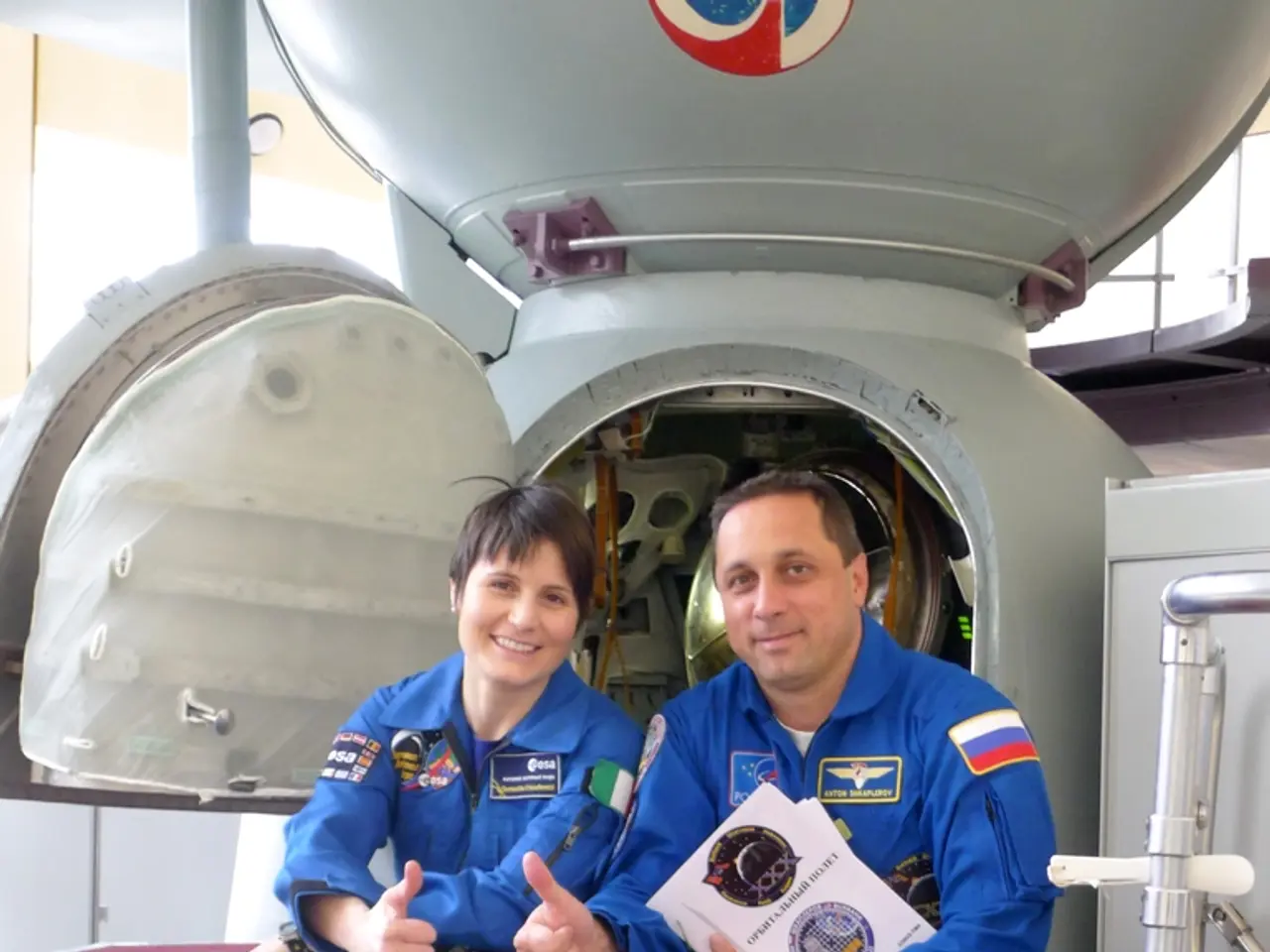Leveraging AI Capabilities: The Merger of Human Know-how and Artificial Intelligence
In the rapidly evolving world of artificial intelligence (AI), fostering an environment where humans and machines learn from and with each other is essential for driving innovation forward in harmony. This collaboration is crucial in machine learning, particularly in techniques like supervised learning, where humans guide algorithms by labeling data, setting rules, and making adjustments based on outcomes.
Approaching AI development with mindfulness and respect for diversity can ensure that technological advancements are inclusive and equitable. One such example is the integration of human intelligence and machine learning, which has the potential to solve complex problems in various fields, such as design, music, healthcare, and environmental conservation.
However, AI systems can perpetuate or exacerbate biases if trained on skewed datasets. Human oversight plays a crucial role in identifying, correcting, and preventing these biases. At Microsoft, a project was conducted to enhance Intune and MECM solutions by incorporating feedback loops where system administrators could annotate system misclassifications.
Key techniques and strategies for enhancing human-AI collaboration include:
- Integrating advanced behavioral models with AI: This approach ensures systems can adapt to diverse and complex contexts while remaining socially responsive and ethically grounded.
- Engaging end-users and interdisciplinary teams: Validating AI systems in real-world environments helps identify biases, ethical implications, and operational shortcomings that pure algorithmic approaches might miss.
- Training human teams to develop new AI skills: Preventing over-reliance on AI and promoting responsible adoption is crucial. This includes interpreting AI outputs critically, understanding AI limitations, and using AI recommendations ethically and responsibly.
- Adopting iterative human-AI dialogues: In complex domains with limited or noisy data, this technique combines human domain expertise with AI's pattern recognition to improve the understanding of complex phenomena, thereby increasing AI accuracy and trustworthiness.
- Developing scalable and resilient human-AI ecosystems: Embedding ethical standards and social responsibility into the design of AI-driven cyber-physical infrastructure and automation systems is essential.
- Employing meta-analytic insights on human-AI collaboration: Identifying best practices that improve decision quality and capability by leveraging complementary strengths of humans and AI.
Understanding Clustering in Machine Learning is crucial, as it forms the unseen backbone of AI systems. Numerical Analysis has a significant impact on AI and Machine Learning, and exploring it further can unlock future advancements.
Innovations in Machine Learning Model Diagnostics are crucial for understanding and improving AI systems. Explanatory AI (XAI) involves developing models that provide insights into their decision-making processes, making it easier for humans to trust and manage AI systems.
The convergence of human creativity and machine efficiency can lead to groundbreaking innovations. A future where human-AI collaboration achieves technological breakthroughs and fosters a more inclusive, thoughtful, and ethical approach to innovation is foreseeable. Collectively, these strategies foster AI systems that are accurate, ethically aligned, and socially responsible, enhancing collaboration by balancing human insight with AI efficiency and precision.
Cloud solutions based on advanced technology, such as artificial-intelligence, can be harnessed to develop scalable and resilient human-AI ecosystems, aligning with the fifth key technique for enhancing human-AI collaboration. Adopting such cloud solutions can enable the incorporation of explicable AI (XAI) principles and real-world AI model diagnostics, contributing to AI systems that are accurate, ethically aligned, and socially responsible.




